Rising inflation and economic uncertainty were expected to put an end to discretionary spending for middle-income households. Instead, consumers are making room for indulgence. Across the US, UK, and Europe, households earning moderate incomes continue to prioritize non-essential purchases at rates far closer to affluent consumers than economic models predicted. McKinsey’s 2024 Global Consumer Sentiment Survey found that 42% of middle-income respondents in developed markets still plan to spend on travel, dining out, and personal care in the next year, just nine percentage points lower than high-income households.
The resilience of discretionary spending in the face of rising costs defies conventional economic assumptions. It is not a case of irrationality or denial. It reflects a shift in how consumers measure value. After years of pandemic-driven disruption, middle-class buyers are increasingly framing small luxuries as essential to emotional well-being, not as reckless spending. An affordable meal out, a short domestic trip, or a new skincare product carries more than monetary worth. It represents normalcy, reward, and agency in an environment where larger financial goals often feel less attainable.
This trend is not a short-term reaction to inflation, nor is it purely sentimental. It is structurally rational behavior shaped by stress, lifestyle adjustment, and evolving definitions of security. Spending on modest treats provides a sense of control and immediacy when long-term stability—home ownership, retirement savings—feels increasingly out of reach. Consumers are not abandoning caution; they are recalibrating what prudence looks like in real terms.
Understanding this shift is critical for brands, retailers, and policymakers. Indulgence spending among the middle class is not a deviation from rational economic behavior. It is an adaptation to new realities, where emotional resilience and quality of life have become primary considerations alongside price and necessity.
Tight Budgets, Sharp Choices
The pressure on household budgets is real. Inflation has driven up the cost of essentials—housing, food, energy—leaving less flexibility for discretionary categories. Yet rather than abandoning non-essential purchases altogether, middle-class consumers are reprioritizing with striking precision. The pattern is visible across the US, UK, and Europe: subscription services are among the first to be cancelled, big-ticket electronics are postponed, and plans for major home renovations are shelved. But the impulse to carve out space for small luxuries remains intact.
KPMG’s 2024 Middle-Class Financial Priorities report highlights this shift. In a survey of households earning between 75% and 150% of median income, nearly 60% reported cutting back on monthly expenses such as media subscriptions and dining delivery apps. However, the same respondents overwhelmingly indicated an intention to preserve budget for “quality of life” items, including occasional dining out, personal care products, and leisure travel under 500 miles. The data suggests that discretionary spending is not vanishing—it is being filtered through a more selective lens.
A similar rebalancing is evident in Europe. OECD research published earlier this year shows that while the ownership of new vehicles among middle-income households declined by over 8% between 2022 and 2024, spending on local travel, cultural events, and specialty food purchases held steady. In the UK, Deloitte’s 2024 consumer tracker found that middle-income households were 30% more likely to describe smaller, experiential purchases as “essential for well-being” than they were before the pandemic.
The underlying dynamic is a redefinition of value. Consumers are moving away from evaluating purchases solely on cost or prestige. Instead, the metric is experiential reward—whether a purchase delivers emotional uplift, stress relief, or a sense of personal investment. A $50 skincare product or a weekend away is justified not by indulgence for its own sake, but by what it represents: a manageable, affirming investment in quality of life.
This sharpening of priorities is not a retreat from financial responsibility. It is a recalibration. Households are preserving choice and pleasure even as long-term goals grow more distant. The middle-class response to inflation is not to close the wallet entirely, but to spend carefully, reinforcing emotional resilience where it matters most.
Where the Money Is Still Flowing
The resilience of middle-class discretionary spending becomes clearest when looking at where the money continues to move. Small luxuries, particularly those offering immediate personal gratification without long-term financial strain, are absorbing a disproportionate share of discretionary budgets. These are not extravagant purchases but considered indulgences—choices that allow consumers to feel rewarded without incurring future economic risk.
Dining out remains one of the strongest performing sectors. Mastercard SpendingPulse data from early 2024 showed that spending at fast-casual and premium-casual restaurants in the US rose by 8% year-on-year, even as fine dining bookings declined. Consumers are trading down from high-end experiences but refusing to give up the social and emotional value of meals shared outside the home. In the UK, Statista reports that visits to casual dining chains increased by nearly one-fifth compared to 2022 levels, concentrated among households earning £30,000 to £70,000 annually.
Beauty and skincare purchases are following a similar trajectory. McKinsey’s 2024 Global Beauty Survey found that middle-income consumers accounted for nearly half of the growth in skincare sales across Europe and North America, often favoring mid-tier brands offering “clinical-grade” results at accessible prices. Rather than abandoning beauty spending, buyers are shifting toward products that promise tangible outcomes—improved skin health, self-care benefits—over prestige branding. The emphasis is not on conspicuous consumption but on self-affirmation.
Domestic travel, particularly short-haul trips, has also proven remarkably resilient. According to Mastercard’s travel trends report, bookings for domestic leisure trips under 300 miles rose by 12% in the US during the past year, primarily driven by middle-income households. European markets such as France and Germany showed parallel trends, with regional rail and car rental bookings outperforming international air travel. Travel, even scaled down, remains a critical outlet for recreation and stress relief, viewed as a justifiable investment rather than a luxury.
Personal wellness has evolved from a niche concern to a consistent budget item. Deloitte’s 2024 Health and Wellness Tracker found that expenditures on fitness apps, meditation subscriptions, and nutritional supplements rose by nearly 15% among middle-income consumers compared to 2022. Spa treatments and boutique fitness sessions also saw modest but steady gains, especially when bundled into affordable packages. Wellness is increasingly framed not as optional self-indulgence but as proactive health maintenance—a narrative that middle-class consumers embrace even under financial strain.
What ties these sectors together is not mere resilience but strategic prioritization. Consumers actively choose experiences and products that deliver emotional payoff without undermining longer-term financial goals. Small luxuries have become part of how households navigate financial pressure, balancing restraint with resilience.
How Indulgence Looks Different Around the World
The appetite for small luxuries is global, but its expression varies sharply across markets. Cultural context, inflationary pressure, and recovery patterns from the pandemic shape how and where middle-class consumers indulge.
In the United States, experience is taking precedence over material accumulation. Mastercard’s 2024 SpendingPulse report shows that while retail sales for durable goods have slowed, spending on travel, dining, and entertainment continues to climb. Middle-income households prioritize activities that create memories and offer a sense of immediacy, even as they pull back on home goods and apparel. The pattern reflects a broader recalibration, where the value of money is increasingly measured in lived experience rather than possessions.
The United Kingdom mirrors this behavioral split, though with sharper trade-offs. Ipsos data published earlier this year indicates that middle-income British households are aggressively trading down on everyday essentials—switching to discount supermarkets and delaying home improvements—while deliberately protecting spending on experiential categories. Budget airline bookings, concert attendance, and dining at independent restaurants remain surprisingly resilient. The message is clear: not all spending is negotiable, even under pressure.
In continental Europe, the indulgence lens often narrows toward artisanal quality. In France and Germany, Euromonitor reports that while overall household budgets have tightened, purchases of artisanal food, skincare, and local leisure travel have held steady or even grown modestly. Consumers are not abandoning discretionary spending, but are redirecting it toward smaller, more meaningful pleasures that emphasize craftsmanship, locality, and authenticity.
Southeast Asia presents a different dynamic, driven by digital acceleration and aspirational consumption. In Singapore, Indonesia, and the Philippines, middle-income consumers are investing in affordable upgrades—beauty products, domestic travel, and entry-level tech such as smartphones and wearable devices. According to Bain & Company’s 2024 Southeast Asia Digital Economy Report, there has been a surge in beauty e-commerce, with mid-tier brands seeing the fastest growth among urban middle-class buyers. Here, indulgence is closely tied to self-improvement and digital connectivity rather than traditional luxury markers.
China and India present a distinct dynamic. In China, middle-class consumers focus on premium health, wellness, and education-related services. Mastercard’s 2024 China Consumption Outlook shows strong growth in short domestic leisure travel, boutique fitness memberships, and “new luxury” beauty brands that offer substance over logo appeal. In India, indulgence is often family-centered. Euromonitor data highlights that spending on family experiences—mall outings, cinema, casual dining, and affordable domestic holidays—is being prioritized, even as households economize on electronics and apparel. The middle class is seeking small windows of joy that offer collective, not just individual, payoff.
Across these regions, indulgence spending is far from homogeneous. It is shaped by cultural narratives about success, wellness, and emotional reward. Yet the underlying behavior is consistent: even under inflationary strain, middle-income consumers are unwilling to surrender the experiences and products that sustain a sense of control, progress, and personal value.
Why Indulgence Feels Necessary, Not Excessive
The persistence of small luxuries in strained economic times is not a matter of consumer irrationality. It is a rational psychological response to prolonged stress, uncertainty, and shifting social norms. For many middle-class households, small indulgences have moved beyond occasional rewards to become a form of emotional maintenance—a way to reassert agency and sustain morale when broader financial goals feel increasingly distant.
Much of this shift can be traced to the post-pandemic “live for today” mindset. After years of deferred plans and disrupted routines, consumers across income levels have shown a greater willingness to prioritize present-day satisfaction. Behavioral economists point to the acceleration of hedonic adaptation—the tendency to return to a baseline level of happiness despite external changes—as a key factor. When future security feels less certain, spending on immediate emotional uplift becomes a practical way to protect mental well-being.
American Psychological Association research on stress-related spending supports this view. A 2024 report found that nearly 60% of middle-income consumers in the US admitted to occasional “treat spending” as a coping mechanism, with the majority framing such purchases not as extravagance, but as essential self-care. Similar patterns emerged in the UK and Singapore, where smaller, experience-driven expenditures were linked to lower reported stress levels in middle-income groups.
Social behavior further reinforces the normalization of indulgence. Small splurges—dining out, a weekend getaway, a new skincare regimen—are highly visible on platforms like Instagram and TikTok. Sharing these moments has become part of how consumers construct narratives of resilience and self-investment. The effect is cumulative. What once might have been considered unnecessary spending is now broadly perceived as a reasonable way to manage life’s pressures.
Rather than retreating into austerity, many middle-class consumers are making conscious choices to maintain emotional balance through manageable rewards. In modern economic conditions, where traditional markers of financial progress are harder to achieve, these decisions are not acts of recklessness. They are strategies for preserving stability, dignity, and optimism in everyday life.
Small Luxuries, Big Opportunities
For brands, the persistence of small indulgences offers more than a temporary sales opportunity. It signals a deeper shift in how consumers assign value—one that demands careful strategic recalibration. Positioning products as accessible rewards or emotional enhancers, rather than as markers of status or success, will increasingly define market relevance.
Middle-class consumers are not looking for extravagant gestures. They are seeking personal moments of satisfaction, convenience, or self-expression that fit into constrained budgets. Products that deliver relaxation, confidence, or small affirmations of progress resonate far more than those that lean heavily on traditional luxury cues. In this environment, storytelling around personal value matters more than aspirational branding. A meal kit that saves time and creates family rituals, a skincare serum that represents self-care rather than vanity, a local mini-break that restores mental clarity—these are the narratives gaining traction.
The danger for brands lies in misreading the room. Overemphasizing luxury, exclusivity, or aspirational distance risks alienating a consumer base that values relatability and tangible benefit over status. Innovation must center on affordability without sacrificing the experience of quality. Smart packaging, modular services, and tiered product lines are helping some brands maintain margins while broadening emotional appeal.
Real-time market research is critical to navigating these shifts. Understanding which categories of small luxuries matter most—and how definitions of indulgence vary between regions, income brackets, and life stages—allows brands to tailor offerings with precision. Blanket assumptions about “affordable luxury” no longer hold. The brands that invest in nuanced, behavior-led insights will be the ones best positioned to capture loyalty in an economy where emotional and financial resilience are increasingly intertwined.
Indulgence in an Age of Restraint
Discretionary spending among middle-income consumers is too often dismissed as irrational, a stubborn refusal to accept economic reality. This view misses the point. Small indulgences are not acts of denial. They are structural adjustments to a world where traditional financial milestones—home ownership, long-term savings, upward mobility—have become harder to secure. Preserving moments of joy, autonomy, and emotional stability has become a rational survival strategy.
Understanding these patterns is critical for anyone forecasting the next phase of consumer behavior. Micro-indulgence is more than a passing phenomenon. It is a leading indicator of broader consumer sentiment, revealing how confidence, stress, and hope are negotiated at the household level. Brands and policymakers that fail to track these shifts will misread the market, mistaking emotional recalibration for economic irrationality.
At Kadence International, our global research shows that middle-class indulgence is not a short-term reaction to inflationary pressure. It is an embedded behavioral shift, one that will continue to shape spending across sectors well beyond the current cycle. Those who frame their growth strategies around emotional consumption, rather than rigid income segmentation, will be best positioned to capture resilience spending in an economy where financial caution and the pursuit of quality of life are no longer at odds, but deeply intertwined.
Get regular insights
Keep up to date with the latest insights from our research as well as all our company news in our free monthly newsletter.
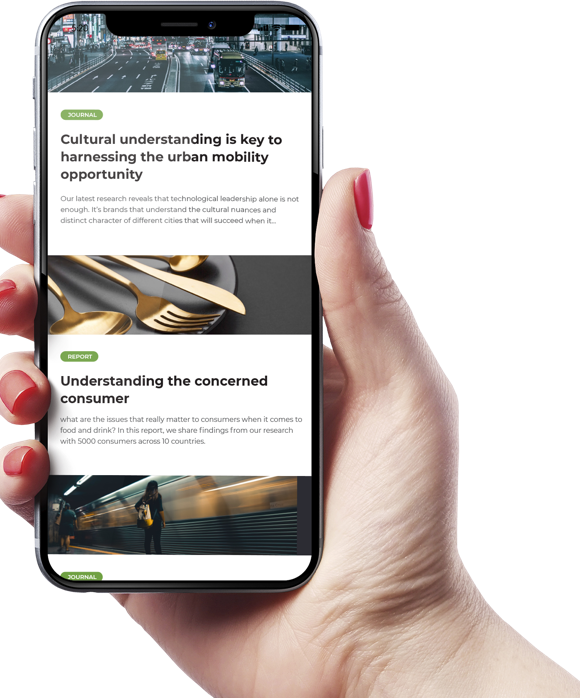



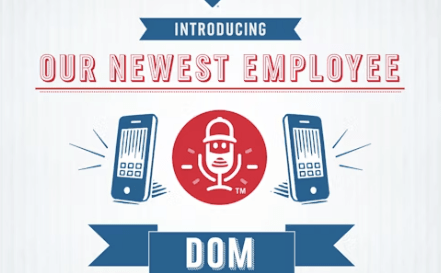
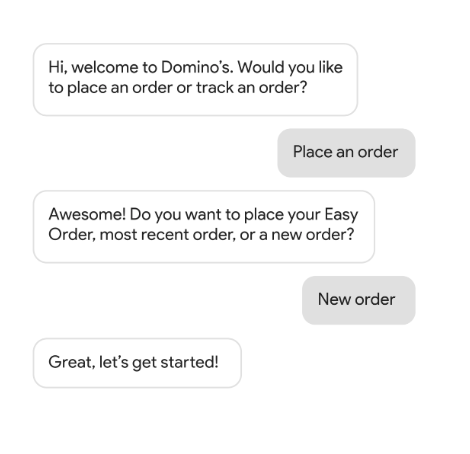

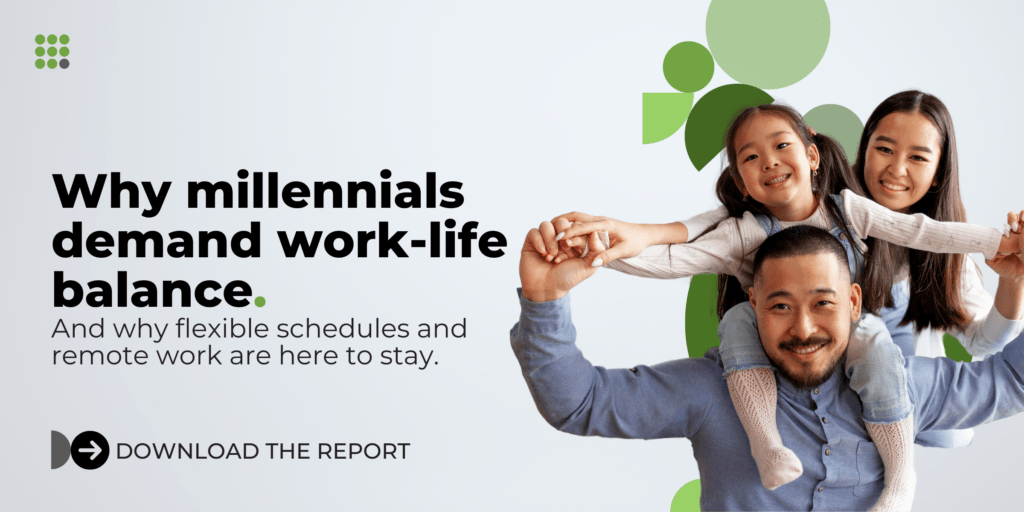





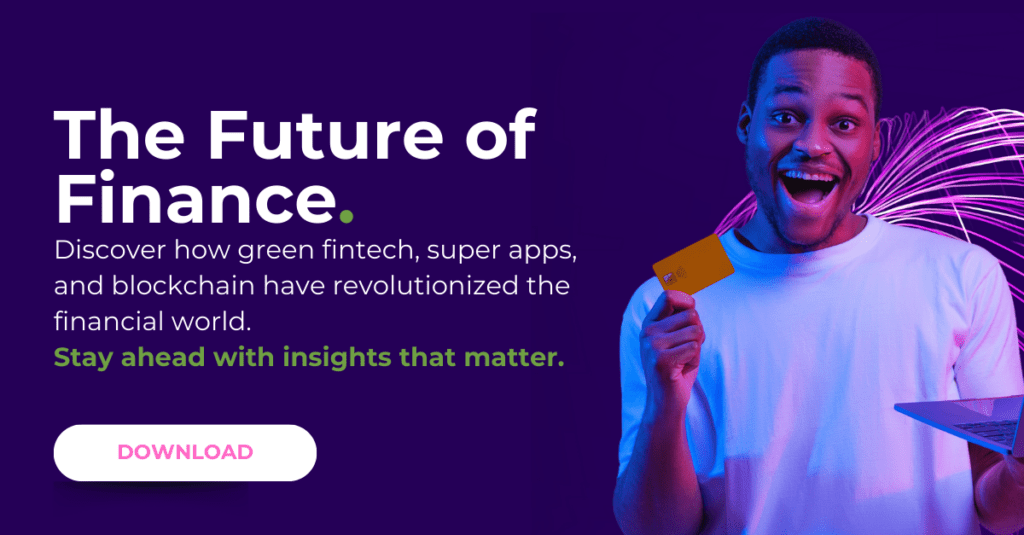
 Senior Marketing Executive
Senior Marketing Executive Sales & Marketing
Sales & Marketing General Manager PR -Internal Communications & Government Affairs
General Manager PR -Internal Communications & Government Affairs Vital Strategies
Vital Strategies
 Customer Intelligence Director
Customer Intelligence Director